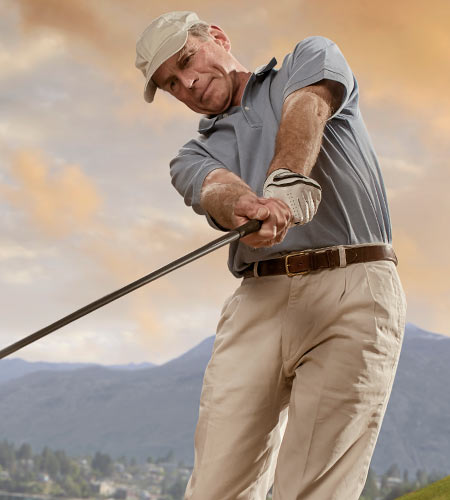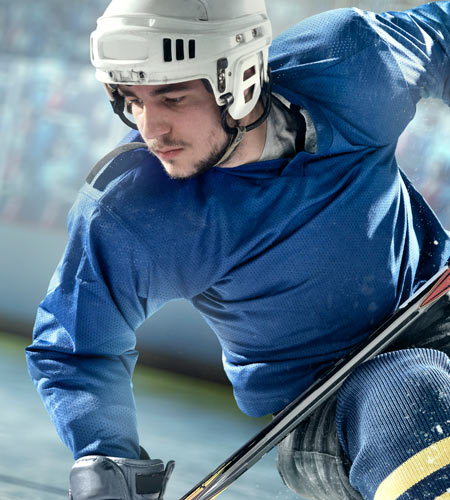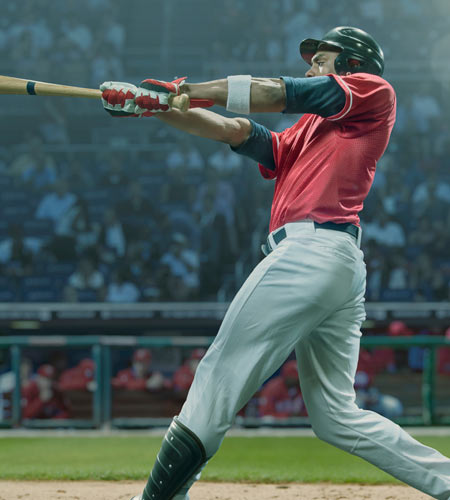
Play hard. Don't Play hurt. Vincera gets you back in the game.
Common Sports Injuries of the Core
Groin injuries, sports hernias and abdominal muscle injuries are the more common core muscle injuries for athletes at all levels. Groin strains and sports hernias are common in those participating in sports with frequent twisting at the waist, sudden and sharp changes in direction.

Core injuries in running
It is common for runners to experience back or knee pain, groin strains, tightness in hamstrings, hip flexors or IT bands, and a number of other injuries or areas of chronic pain. Running can cause imbalances within the body that lead to pain or injury. The repetitive nature of running means you are working the same muscles in the same motion each time. It can lead to a pulling or tearing of the muscle and cause a sports hernia.
Runners also may experience pain in their adductor muscles, signifying a potential groin injury.
Weakness in the glutes and muscles around the spine also can cause core muscle pain for runners.
Lower abdominal pain in runners can be caused by inflammation of the joint where the pubic bones meet. Such pain can radiate into the scrotum as well, signifying a strain of the hip adductor muscles.

Core injuries in golf
Remember this key factor about sports hernias and groin injuries: they typically occur in sports that involve a lot of twisting. Golf is exactly that, aside from the fine art of putting. For many golfers, they dream of blasting a drive 300 yards like they see the pros do on television. This requires speed and power, both of which are generated through the core. From twisting the shoulders, back and hips to then bringing all of that back through the zone at an alarming rate of speed, it has all the factors that can lead to an injury.

Core injuries in hockey and soccer
Hockey and soccer games can be summed up rather easily when you recall how groin strains and similar injuries are most frequently cause. It's back and forth, up and down, left and right, with quick starts and stops for the entirety of the game.
Ever watch a hockey game and see a goalie drop down to one knee or make a kick save in the blink of an eye and wonder how they do that so effortlessly? Or maybe you focus on the other skaters and how they propel themselves (or stop themselves) so quickly. And do you still wonder why the term "hockey hernia" exists?
In soccer, there's the added dimension of swinging the leg at a fast rate, often when running at high speeds.

Oblique injuries in baseball
Fantasy baseball participants should understand these next two words: oblique injury. That is the injury that sort of came out of nowhere for baseball players in the early part of this decade and hasn't yet left. In fact, it actually continues to increase in frequency as players get bigger and stronger looking for extra life on their fastball or trying to hit more baseballs over the fence. The oblique muscles live alongside the rectus abdominus muscles and aid in rotation and core control. Hitters swing bats at a ferocious velocity and they need to decide whether or not to do that in about 100 milliseconds as they stare down 90-plus mph pitches.
LEARN MORE